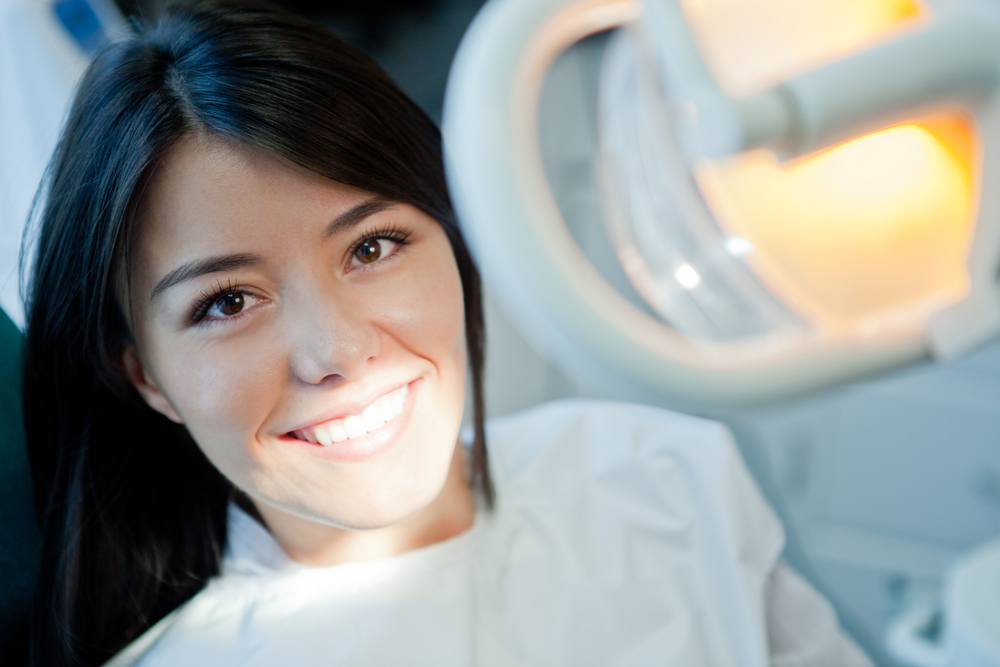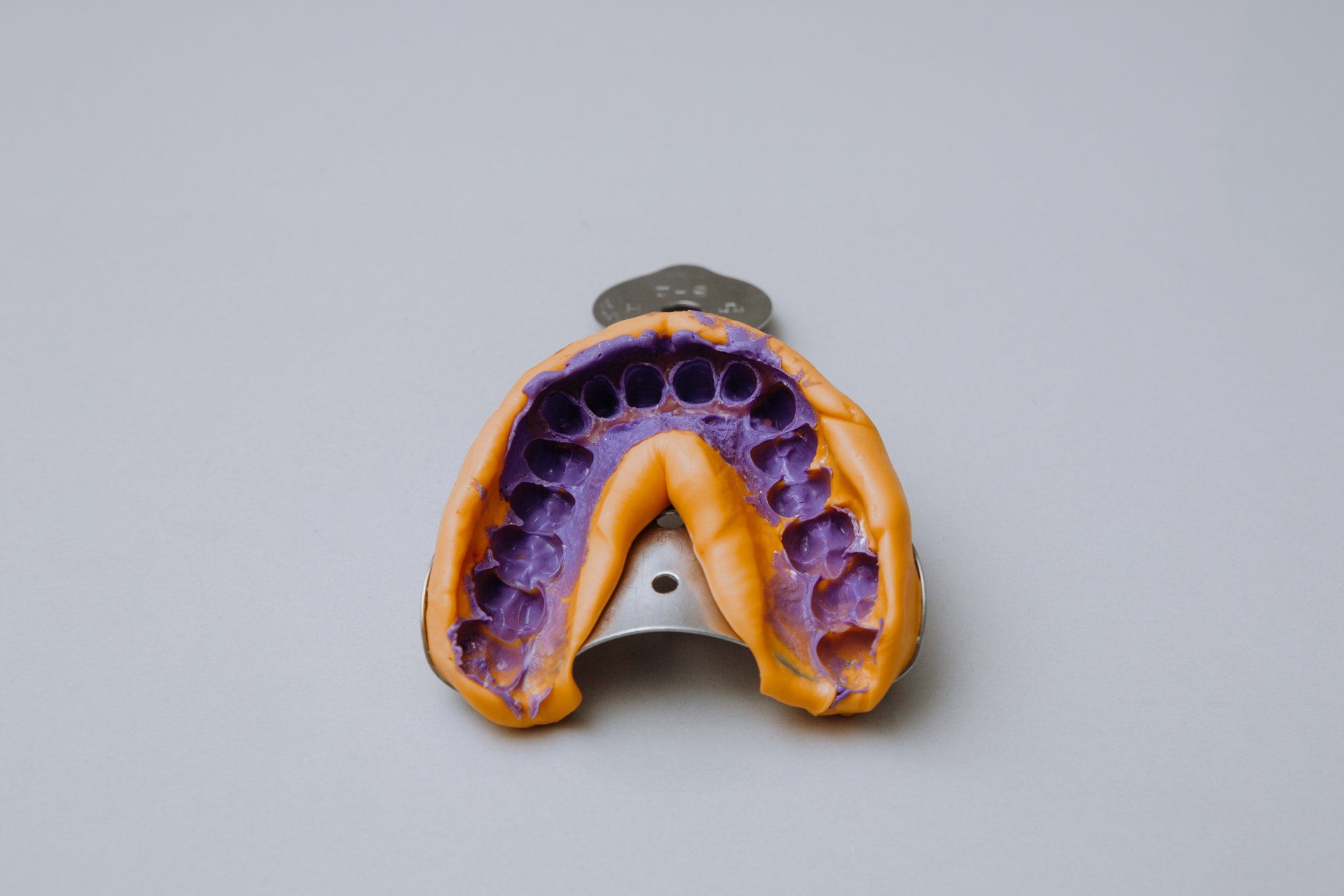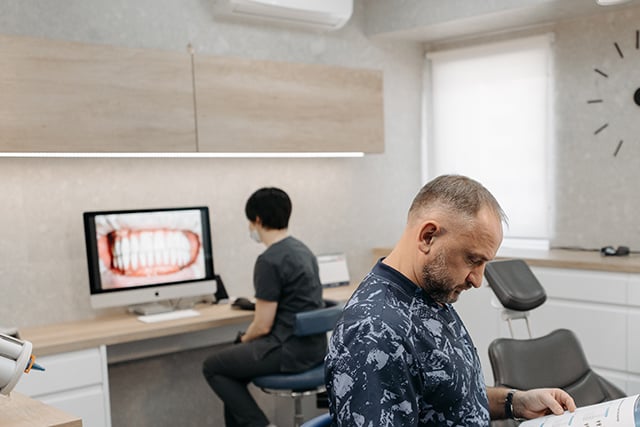October 12, 2022


Written by:
Greg Schubert
A dental impression is a close replica of a patient’s tooth structure and surrounding oral tissue. They are the cornerstone of restorative procedures and appliances.
A traditional dental impression uses a combination of trays filled with FDA approved dental putty. Patients bite down onto the tray and putty combination, which leaves an indentation of their mouth structure. As it remains in a patient’s mouth for a few minutes, the impression material hardens thereby creating a mold of their teeth. Traditional impressions are technique sensitive with multiple factors that can affect accuracy. Working closely with your dental laboratory can help you eliminate a lot of common issues that happen with the traditional impression process. You can also increase your chances of getting a great dental impression the first time, by following these proven tips on how to take the perfect impression.
A digital impression is a technology that allows dentists to create a virtual, computer-generated replica of the mouth by using an oral scanning device. This technology can capture clear and accurate impression data in just a couple of minutes or less. Once the digital replica is complete, the information is then transferred to a computer and used to create restorations.
The process of getting a traditional impression taken can be uncomfortable, messy, and unpleasant for both a patient and clinician. Offered as an alternative, digital impressions take the uncomfortable and stressful impression-taking procedure out of the equation. Other benefits of digital impressions include:
Even with the cutting-edge technology of a digital impression system, there are still challenges that present themselves. The top challenges of digital impression systems are:
Are digital impressions the right direction for your practice? Dentists that have shifted to digital impression systems would never think about changing back. Other dentists still prefer traditional methods or are hesitant with the substantial initial investment of going digital. But as technology continues to offer greater convenience, reduce margin of error, and allow patients to spend less time in the chair, dentists will ultimately see the overall benefits of going digital. Today there are multiple competitors in the world of digital impression systems. Each competitor offers something unique to their brand, and the best fit for your practice will be determined by the needs of your practice.
3Shape TIOS
3M True Definition
The Sirona Cerec
iTero
By large, traditional impression materials continue to remain unchanged. For example, many dentists continue to use irreversible hydrocolloid (i.e., alignate), which was introduced in the 1940’s. Alignate is economically priced, quick setting, and fairly accurate which makes it a common material used for traditional impressions.
Advancements in dental impression materials occurred with the development of elastomeric impression materials. Polyether (PE) was introduced in the 1960s and Vinyl Polysiloxane (VPS) soon followed in the 1970’s.
Even with the technology and benefits of a digital impression system, there are practicing dentists that find advantages in using the conventional method of taking impressions.
Will the future of dental impressions be completely digital? As the ever-evolving world of dentistry progresses and digital impression systems continue to improve, what is clear is this technology, like x-rays, is here to stay. Even as other dentists may argue that one method is inherently better than the other, just remember that you can always use a back-to-the basics approach. That is, stay consistent, use the techniques and instruments you feel comfortable with, and don’t take any shortcuts along the way.

Digital Dental Impressions vs. Traditional Dental Impressions Nov 23, 2021 As dental professionals, staying at the forefront of technology is essential in delivering the best care to patients. One...
Read More.png)
Technology continues to make our lives easier. In dentistry, improvement in technology makes life easier for both dentists and their patients. One of the best ways that technology has influenced...
Read More
Instructions for submitting digital impressions by system: Oct 03, 2017 Instructions for submitting digital impressions by system: 3M ESPE For Tru Definition systems, contact 3M ESPE directly by...
Read More